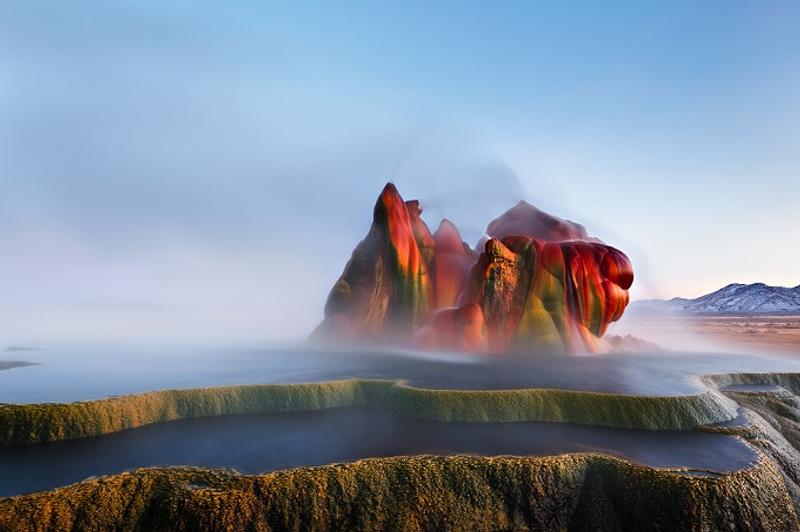Prepare to swoon…
1)Henry and June, Anaïs Nin (1986)
If you want sauce, you’re in the right place: this is not quite a novel, but a selection from Nin’s unexpurgated diaries in which she details her not only her marriage, sex life and all, but also her involvement with Henry Miller and his wife, June. It’s all set in the early thirties and tells about Nin’s friendship with June and her subsequent affair with Henry an affair that started a friendship that would last them both the rest of their lives. So when we say it’s saucy, it’s also very sweets.
2)North and South Elizabeth Gaskell (1855)
A romance played out over political lines, this is the story of Margaret Hale, a clergyman’s daughter turned social campaigned, and John Thornton, mill owner. If you’re into the history of the manufacturing and trading industries in the 1850s, you’ll adore this, but even if you’re not, it’s a tense and classic love story to rival Pride and Prejudice.
3)The End of the Affair, Graham Greene (1951)
Fancy some infidelity and a lot of tortured soul-searching? Yeah, we thought so. Greene’s protagonist is a writer, Maurice Bendrix, and his lover, Sarah Miles, who refuses to leave her nonentity of a husband, Henry. When she breaks it off with Maurice, he is wracked with jealousy and she finds religion. Despair, longing, obsession: what’s not to love?
4)The Time Traveller’s Wife, Audrey Niffenegger (2003)
Claire, an artist, is married to Henry, a librarian, who’s got a rare genetic disease that causes him to travel through time; on one of his catapulting journeys he meets the young Claire and they conduct their relationship out of sync she gets older, but because he can’t control when he’s living, sometimes he’s a young man and sometimes he’s older. Complex? It is, rather, but it’s really intriguing and a really tender love-story. You’ll cry, though. We’re serious. It’s a fact of nature.
5)Bred, Eve45)
Depending on how you want to read this, it’s either a love story between Charles Ryder and Julia or Charles Ryder and Julia’s brother, Sebastian. Whichever way, it’s about religion and society and sin and thwarted desire and aristocratic life in Britain’s post-war twenties; it’s sumptuous and nostalgic and we love it.
6)Super Sad True Love Sy, Gary t (2010)
In Shteyngart’s near-future world of smart-phone dystopia, middle-aged Lenny Abramov’s a nonentity while perky young Eunice Park fits right in but Lenny’s gonna give it a shot anyway. A social satire that is properly, truly funny especially if you, like us, are soldered to your mobile devices it’s also a very touching story about a very unlikely relationship.
7)High Fidelity, Nick Hornby (1995)
Record store owning geek, Rob, has just been dumped by his girlfriend, Laura, and to help him cope and to help him try to figure out how to win her back he’s going though his inner list of his own top five all-time break-ups so as he can revisit the past for answers… It’s cringy and sad and you’ll totally relate to it (and the London setting is way better than the Chicago relocation in the film version much as we love the Windy City.).
8)The Post-Birthday World, Lionel Shriver (2007)
Have you ever looked at somebody other than your partner and wondered, what if…? Of course you have. Well, Shriver plays out the consequences of acting, or not acting, on that temptation, by following the same protagonist down two different paths: in alternating chapters, she either stays with her long-term partner, safe old Lawrence, or takes a chance on snooker-playing ruffian, Ramsey. What was the better choice? You decide!
9)Ali Smith, Girl Meets Boy (2007)
A modern-day retelling of Ovid’s myth of Iphis (born a girl but raised as a boy and falls in love with a girl) and Ianthe, Smith’s book is set in contemporary Inverness, and tells of Anthea and her love for her female colleague, eco-warrier Robin. Smith’s writing is about as energetic as it comes, and this is a beautifully hopeful tale.
10)Les Liaisos Da Pierre Cho (1782)









